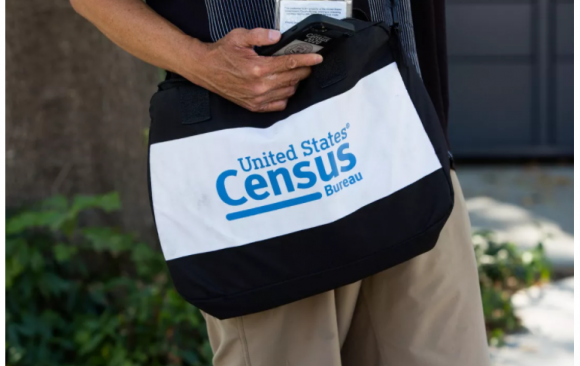


The 2020 United States Census is currently nearing its end. A federal judge has issued an order to clarify that, for now, the U.S. Census Bureau must continue counting for the 2020 census through Oct. 31st.
If you haven’t filled your responses out yet, you should. Since the Census is only held every 10 years, it’s very possible that this is the first time you’ve had to fill it out, or maybe you don’t remember how you did it last time, since a few things have changed.
Let’s start with the easy stuff. The Census is the official count of every person living in the United States. It’s constitutionally mandated to happen every 10 years. The purpose of the Census is so that the government can collect various administrative data points about the United States, like the breakdown of people in various areas, the racial and gender make-up of the country, and even something as basic as the actual number of people living in the United States at the moment.
Yes, you should. This data helps the government better determine federal budgeting and allocate funding. It also provides the relative population between different areas of the country to allow the government to organize voting districts, even the number of representatives each state has in Congress. These are critical functions of the government, so this data is important to collect and keep up to date. Also, for what it’s worth, refusal to answer the Census is technically illegal and could result in a fine. According to United States Code, Title 13 (Census), Chapter 7 (Offenses and Penalties), SubChapter II, if you're over 18 and refuse to answer all or part of the census, you can be fined up to $100. If you give false answers, you're subject to a fine of up to $500.
Thankfully, considering the general state of things, filling out the Census in 2020 is easier than it has ever been. In fact, all you have to do is go online to 2020census.gov and click “Respond” to get started. If you received a Census ID in the mail, you can find your 12-digit Census ID on the card and you should use that to log into the site. If you didn’t receive a Census ID, or if you did and can’t find it, you can get a new ID for the Census here.
Once you start the Census, you’ll just to fill in some basic information about yourself and your household.
Yes. Instead of filling out the online form, you could also call and respond to the Census by phone — with several options for different languages — or you could respond to the mail-in questionnaire that you may have received. Any of these methods are perfectly fine.
Oct. 31st
The Census2020 website beaks it down, The data collected by the census determine the number of seats each state has in the U.S. House of Representatives (a process called apportionment) and is also used to distribute billions in federal funds to local communities. The census provides critical data that lawmakers, business owners, teachers, and many others use to provide daily services, products, and support for you and your community. Every year, billions of dollars in federal funding go to hospitals, fire departments, schools, roads, and other resources based on census data.
Here are three key areas where the information collected in the 2020 Census will help drive policymaking and shape the future of the United States.
1. Representation
State population counts from the decennial census are used to reapportion seats in the U.S. House of Representatives. No state has permanent claim to their current number of assigned House seats. State population counts determine how the 435 seats are split across the 50 states based on each state’s share of the national total. After the 2020 Census, southern and western states are expected to gain seats—and political clout—at the expense of states in the Northeast and Midwest. [3 ]The very first data from the 2020 Census will be apportionment population counts, affecting the size of state delegations for the 2022 U.S. House elections and state votes in the U.S. Electoral College for the 2024 presidential election.
2. Redistricting
State and local officials use decennial census results to help redraw congressional, state, and local district boundaries to contain roughly equal numbers of people to ensure each person’s voting power is closely equivalent (meeting the one-person, one-vote rule).
3. Money to States and Localities
Census totals help determine the amount of funding that state governments and local communities receive from the federal government for the next decade. Census Bureau data were used to distribute more than $675 billion in federal funds to states and local communities for health, education, housing, and infrastructure programs during Fiscal Year 2015. Accurate census counts ensure that funding is equitably distributed for numerous programs such as Medicaid, highway planning and construction, special education grants to states, the National School Lunch Program, and Head Start.